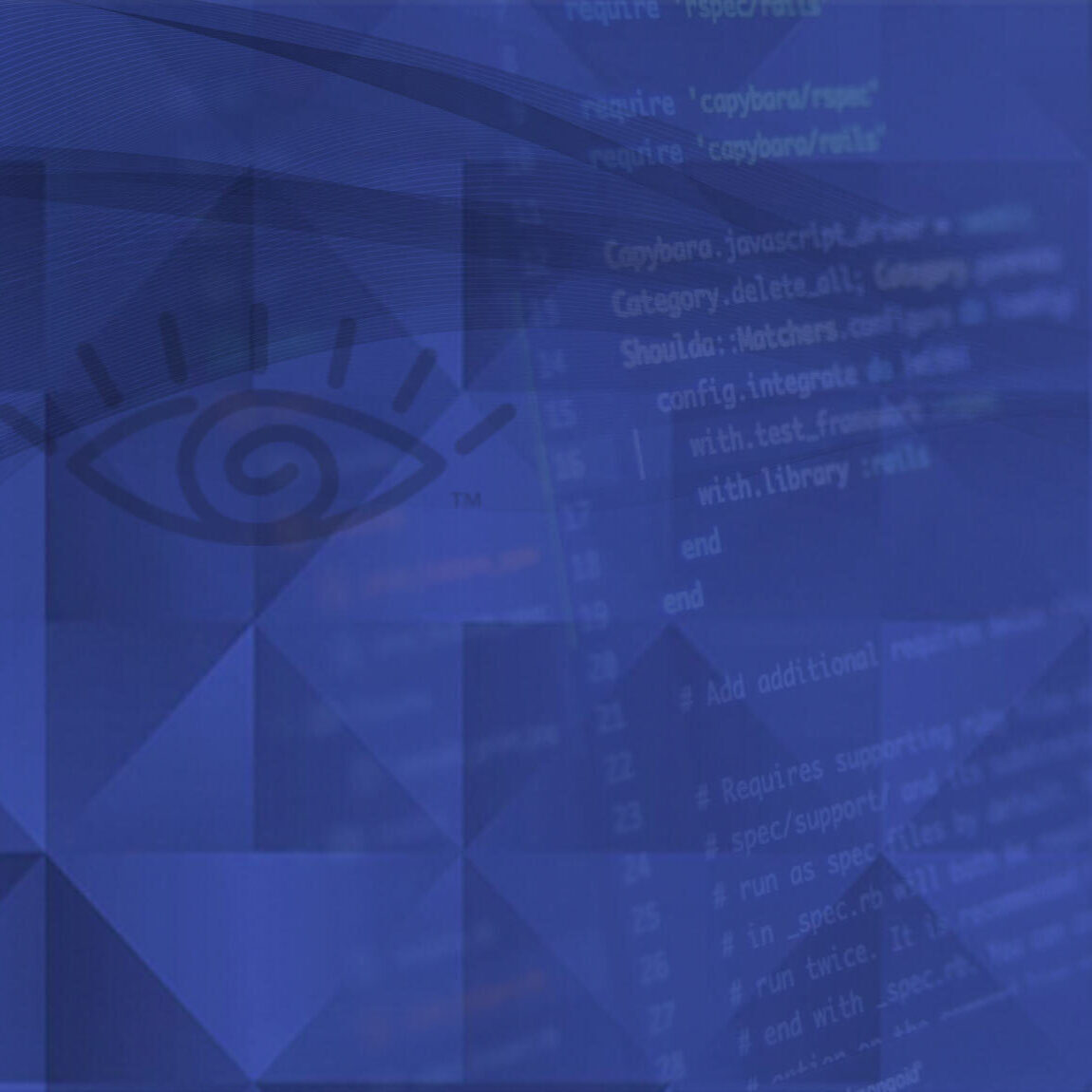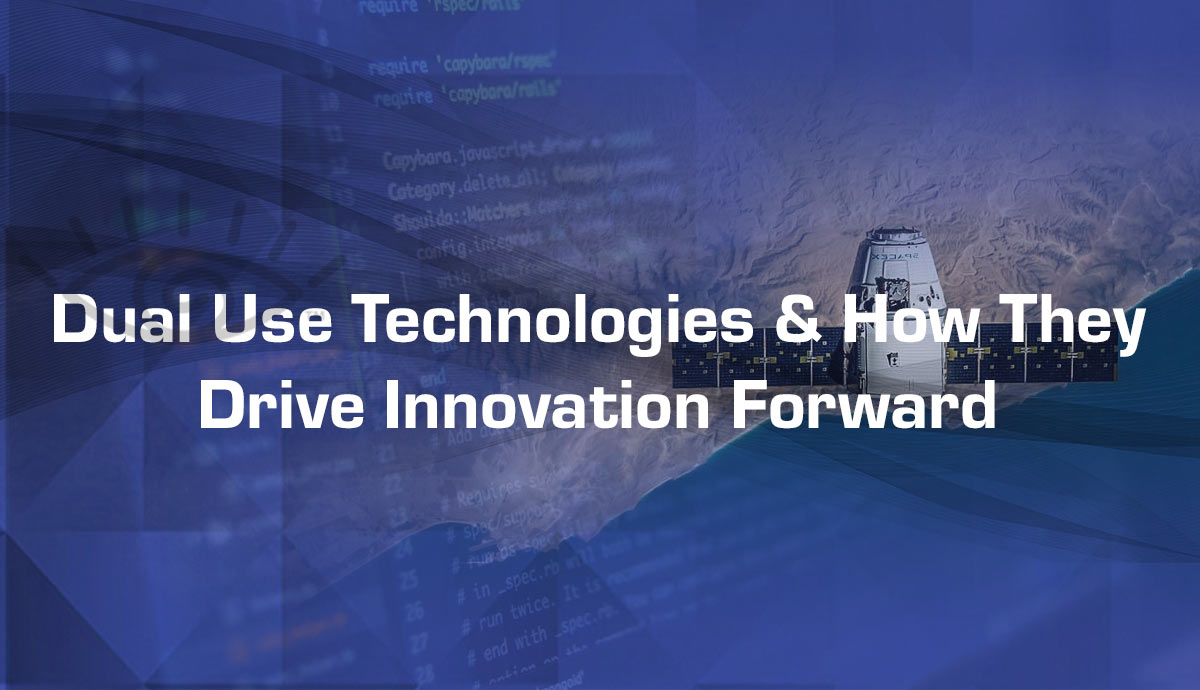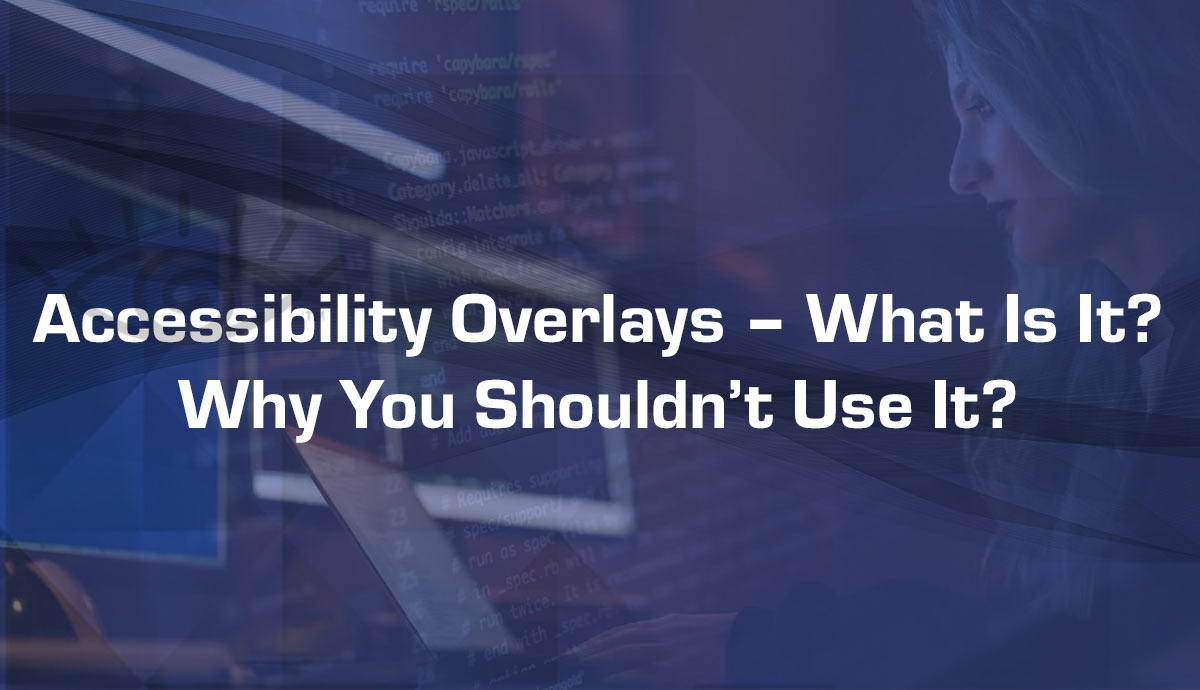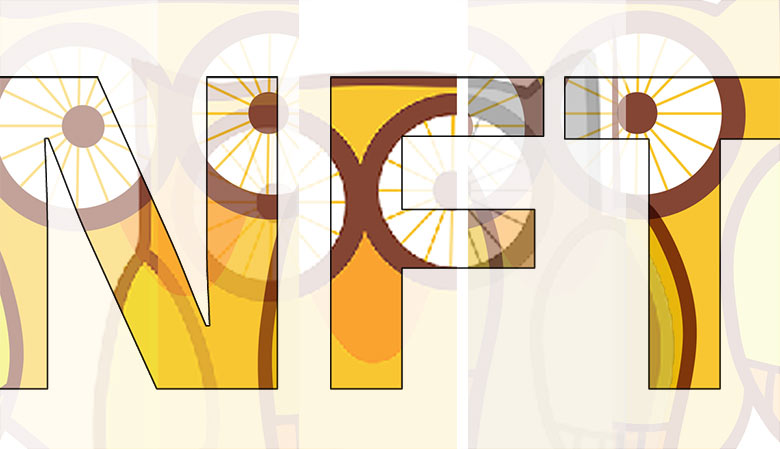Written by: Dylan M. Rafaty
Introducing C-Hear & C-Hear Accessibility
“C-Hear was founded in 2015 by Adena Harmon when she wanted to take a “selfie”, add her own voice and share it with all her friends–including those who see, hear, sense, or think differently from her. “
About C-Hear: We are a leading, innovative tech company based in Dallas, TX that is committed to continuously learning emerging technology and building innovative human-centric products to accompany everyone including people with disabilities. C-Hear was created for the purpose of delivering a small digital footprint file containing both image and sound. And, C-Hear’s revolutionary Codec will help the seven million visually impaired Americans “hear” images on the Internet!
Over the years, Adena Harmon (C-Hear’s CEO) and I (Dylan Rafaty) share very similar interests and deep values with regard to digital accessibility and disability inclusion. We both care deeply and have ties to the disability community from all across the United States and abroad. Little did I know that myself and others would have the unique opportunity to inclusively work alongside with Adena and a fantastic, talented and diverse team that embraces the C-Hear Accessibility team as we bridge new initiatives forward.
At C-Hear, we consider accessibility to be a top priority and is centralized across the C-Hear organization. It plays a key integral part of the action and decision-making process that our organization takes.
C-Hear Accessibility for All
Bridging accessible technology solutions for all people with disabilities.
Mission: At C-Hear Accessibility, we hope to bridge the power of all communities and emerging technologies so we can focus on creating, innovating, and sharing new human-centric solutions that can assist in new, interactive experiences on any environment or platform.
Dylan Rafaty, Head of Accessibility Strategy & Partnerships
“More than ever, we’ve become more self-reliant on technology to boost our abilities to excel in everything we seek to accomplish, such as, in academics, workplaces, and in our lifetime. Globally, there are more than one billion people with disabilities and it’s important that we continue to bridge, create and innovate meaningful and gainful access to technology for all. C-Hear believes that accessibility, empathy, inclusion, and design are all essential to empower every individual, organization, and nation to succeed!”
Madeline McIntosh, Lead Accessibility Developer & Programmer
“The technology world is ever-changing and our goal is to always remain one step ahead of the competition. With accessibility at our core, C-Hear makes sure inclusion is an integral piece of our design and development process. We believe in one technology for all and hope to create an atmosphere where everyone feels welcome, empowered and most of all included!”
What is Digital Accessibility?
Empathy. Digital Content. Digital Inclusion. Inclusive Design. Technology. Usability.
The words above shall remind us of what digital accessibility truly represents. It is the idea that we are mindful, self-aware, and valuing accessibility from the very beginning. Digital accessibility often refers to the type of (assistive) technology and digitally inclusive content that welcomes all users with and without disabilities who rely on the ability to independently engage, interact, navigate and understand with all of its features and functions that come with it.
As our society evolves with rapid technological advancements, we rely on standards that focus on key components that work together. Below are the four principles of accessibility from the World Wide Web Consortium that you should remember.
W3C’s Four Principles of Accessibility:
• Perceivable – Information and user interface components must be presentable to users in ways they can perceive.
• Operable – User interface components and navigation must be operable.
• Understandable – Information and the operation of user interface must be understandable.
• Robust – Content must be robust enough that it can be interpreted reliably by a wide variety of user agents, including assistive technologies.
The Paciello Group (TPG) recently provided a video below that showcases the history of digital accessibility has evolved over the years and its a great, short informational video to check out.
Conclusion:
We are rapidly evolving new and innovative technologies to broaden the landscape of digital accessibility across all platforms, websites, and mobile apps. It is with the hope that you’ve gained an initial understanding of what is digital accessibility and how it has made an impact on all people including people with disabilities when accessing technology.
Credits:
• Four Principles of Accessibility, World Wide Web Consortium (W3C), April 2020
• The History of Digital Accessibility (Video), The Paciello Group, April 2020






No responses yet